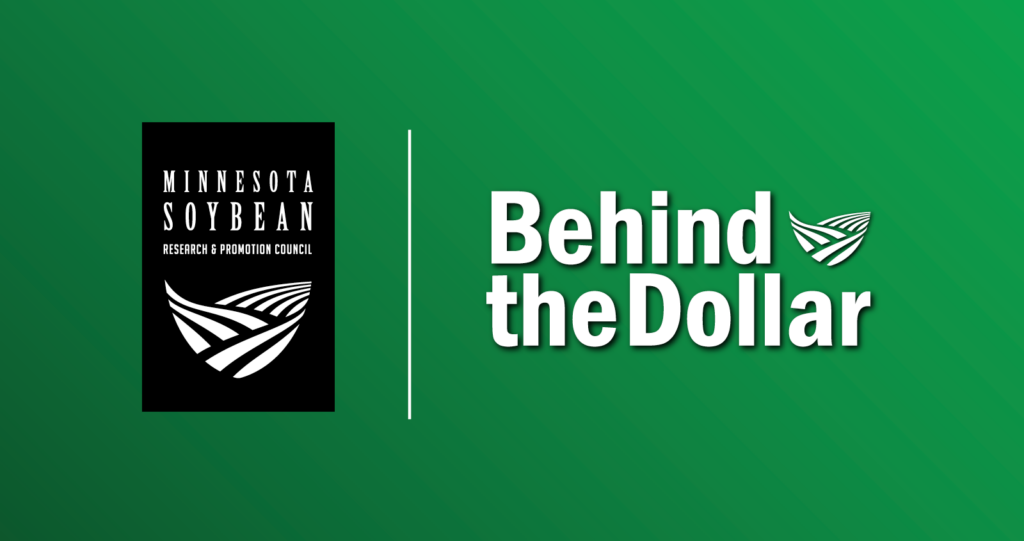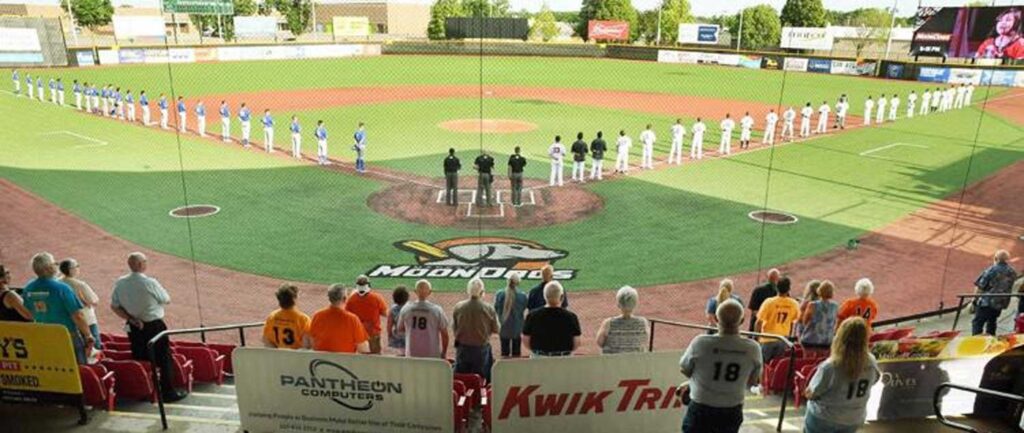From the country to the city, soybeans continue to be innovative. The soy checkoff is now pumping new life into the heart of Hutchinson through the debut of Project Soy: Growing Hutch.
Setting an example of sustainability for cities statewide, the Minnesota Soybean Research & Promotion Council (MSR&PC) partnered with the Agricultural Utilization Research Institute (AURI) to donate residential and horticultural fertilizer made from soybean meal to the city of Hutchinson.
“Working with AURI, we are really trying to continuously find new uses for soybeans that aren’t necessarily traditional,” said Mike Youngerberg, MSR&PC senior director of product development & commercialization.
This collaboration is not the first between MSR&PC, AURI and the city of Hutchinson. Nearly a decade ago, Hutchinson successfully adopted a soy-based road sealant called RePlay, which laid the foundation for a strong relationship. By using RePlay on city streets, Hutchinson reported saving an estimated 30% on road maintenance costs.
“That initial project really spawned a great relationship, and this was a natural next step in expanding that relationship even further,” said John Olson, public works manager for the city of Hutchinson. “Why not take care of Minnesota farmers? I grew up on a farm and you don’t drive very far before you see a soybean field around here.”
About 90 bags of soy-based fertilizer are being applied to various city grounds, covering approximately 450 acres. This includes the cemetery, wastewater treatment plant, airport, school grounds and 42 city parks. By utilizing this fertilizer, Hutchinson is promoting the use of greener, sustainable alternatives within the community, all while supporting Minnesota’s more than 25,000 soybean farmers.
The goal for public sales of the soy-based fertilizer is spring of 2025.
“It was a unique opportunity that one might think is small, but will surely have a much bigger impact,” said Youngerberg. “It really fits the bill when it comes to becoming a more sustainable community.”






